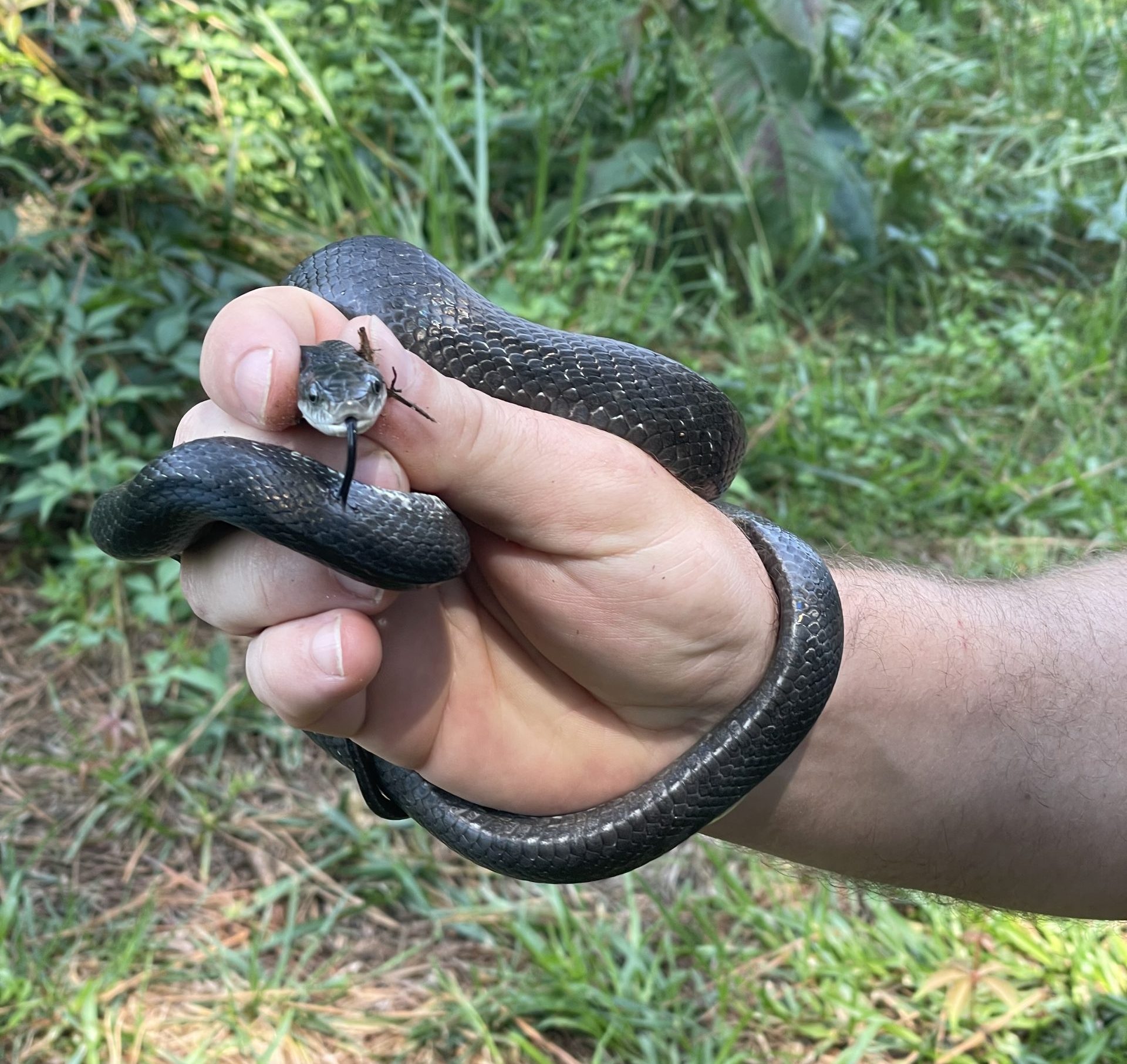If you’re hearing scratching in the attic, spotting droppings in the garage, or noticing strange noises at night—it’s easy to feel overwhelmed. Dealing with a wildlife intrusion can be stressful, especially if it’s your first time.
At Freedom Wildlife Solutions & Pest Control, we understand how unsettling it is when a wild animal finds its way into your home or business. That’s why we’re here to walk you through the process—so you know exactly what to expect, what questions to ask, and how to get the problem resolved the right way the first time. (919) 584-8650
Step 1: Choose the Right Wildlife Control Company
The most important step is making sure you hire a trained and licensed wildlife control professional—not just a pest control company, roofer, or handyman. We’ve seen countless situations where well-meaning contractors made the issue worse because they weren’t trained in wildlife behavior or proper exclusion techniques.
A qualified wildlife technician knows how animals think, move, and adapt. They’re trained to identify subtle signs of wildlife presence and understand the legal and ethical guidelines for removal—especially with protected species like bats.
In North Carolina, anyone performing wildlife removal must be licensed as a Wildlife Damage Control Agent (WDCA) through the NC Wildlife Resources Commission. Don’t hesitate to ask about licenses, insurance, and any additional certifications. A reputable company will gladly provide that information.
Step 2: Share Your Story and Let Them Listen
When your technician arrives, the first thing they should do is listen. You’ve been dealing with the problem—you’ve heard the sounds, seen the signs, and may even have a timeline of activity. A good technician will ask questions like:
- What have you seen or heard?
- When did the problem start?
- Where do you think the animal is getting in?
- Have you had anyone else try to fix the problem?
These details are critical. They help narrow down species, locate entry points, and understand how the animal is interacting with your home.
Step 3: The Inspection
Next, your technician will conduct a thorough inspection of the property. This includes:
- Exterior walkaround to identify damage, entry points, and signs like tracks or droppings.
- Roofline and attic checks to look for nests, sebum stains, urine, and feces.
- Vents, crawlspaces, and chimneys that are common access points for animals like squirrels, raccoons, and birds.
- Interior access areas such as garages, basements, or utility rooms where animals may have found shelter.
The inspection is the foundation of the entire solution. Every house is different, and every wildlife situation is unique—so this step cannot be skipped or rushed.
Step 4: Findings and Photos
After the inspection, the technician should walk you through everything they found. This includes:
- Photos and documentation of damage, entry points, and evidence of animal activity.
- An explanation of the problem, including what species you’re dealing with, how they got in, and why they chose your property.
- A detailed plan for removing the animals, repairing the damage, and preventing re-entry.
At Freedom Wildlife Solutions, we don’t just fix the issue—we educate our customers. You’ll know exactly what’s going on, what caused it, and how to prevent future problems.
Step 5: Discuss the Costs
Wildlife removal is a specialized service—and depending on the extent of the issue, it can be a significant investment. Factors that influence cost include:
- Species involved (bat removal is very different from squirrel trapping)
- Size and complexity of the structure
- Amount of damage caused by the animals
- Type of repair or exclusion work required
We believe in being honest and upfront. You’ll receive a detailed estimate that includes removal, cleanup, repairs, and any optional upgrades like attic remediation or wildlife-proofing unrelated to the current issue.
Step 6: Understand That It’s a Process
Wildlife removal isn’t always quick—it’s a process. Whether it’s a trapping program for raccoons or a bat exclusion, several visits may be needed to ensure the job is done right.
Your technician will:
- Monitor the property regularly for captures or activity
- Adjust traps or exclusion devices as needed
- Complete repairs once the animals are removed
- Follow up to make sure no new issues develop
This is a partnership between you and the wildlife control team. If anything changes—new sounds, more droppings, or a new problem—call your technician right away so adjustments can be made.
Step 7: Vet the Company Before You Hire
Before hiring anyone, do your homework:
- Check reviews: Read what real customers are saying on Google and social media.
- Ask for proof of license and insurance: North Carolina requires proper licensing for wildlife work.
- Look for experience: Wildlife removal isn’t an entry-level job. Make sure your technician is experienced in the species they’re handling.
- Ask about certifications: Additional training like NWCOA (National Wildlife Control Operators Association) credentials shows a commitment to professionalism.
At Freedom Wildlife Solutions, we’re proud to be fully licensed, insured, and certified. With over 300 five-star reviews and a team of trained professionals, we’re one of the Triangle’s most trusted names in wildlife removal.
Trust the Experts—We’ve Got Your Back
Wildlife problems are frustrating—but the right team can make the process smooth, stress-free, and permanent.
At Freedom Wildlife Solutions & Pest Control, we take pride in solving wildlife issues with expertise, professionalism, and local care. Whether you’re hearing noises in the attic or dealing with a major raccoon problem, we’re here to help you every step of the way.
Call Today for an Expert Inspection
Don’t guess. Don’t wait. Let a trained wildlife control expert inspect your property and give you real answers.Call us today or schedule your inspection online.
We’re proud to be veteran-owned, locally operated, and focused on protecting homes just like yours in the Clayton and Triangle areas.





